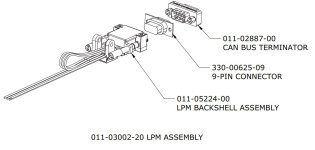I currently have a slick mag on left, pmag on right. Considering replacing the slick with either surefly or another pmag.
From what I understand, the big difference in the two is that the surefly isn’t self powered like the pmag. Am I missing anything else? Can I use auto plugs with surefly?
From what I understand, the big difference in the two is that the surefly isn’t self powered like the pmag. Am I missing anything else? Can I use auto plugs with surefly?





